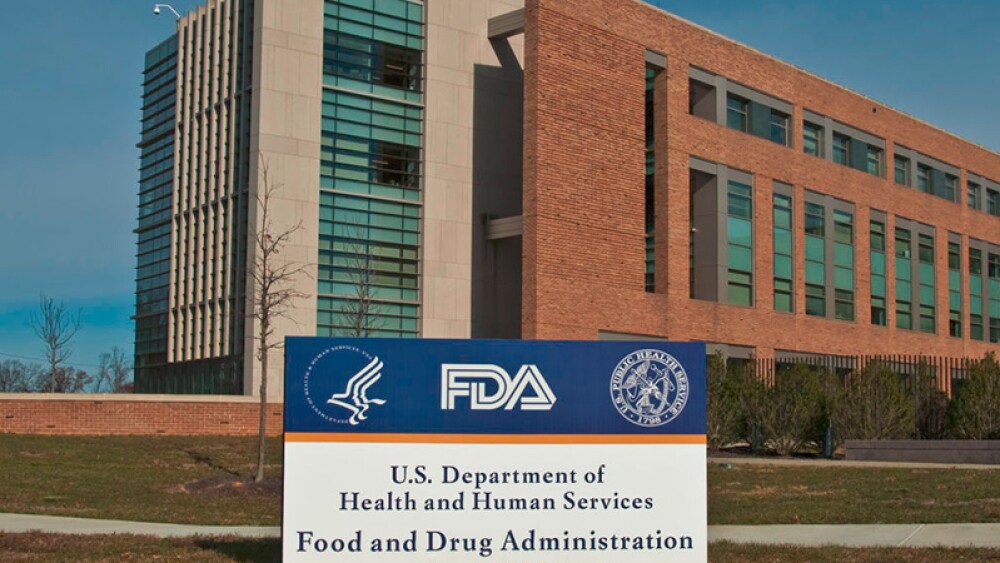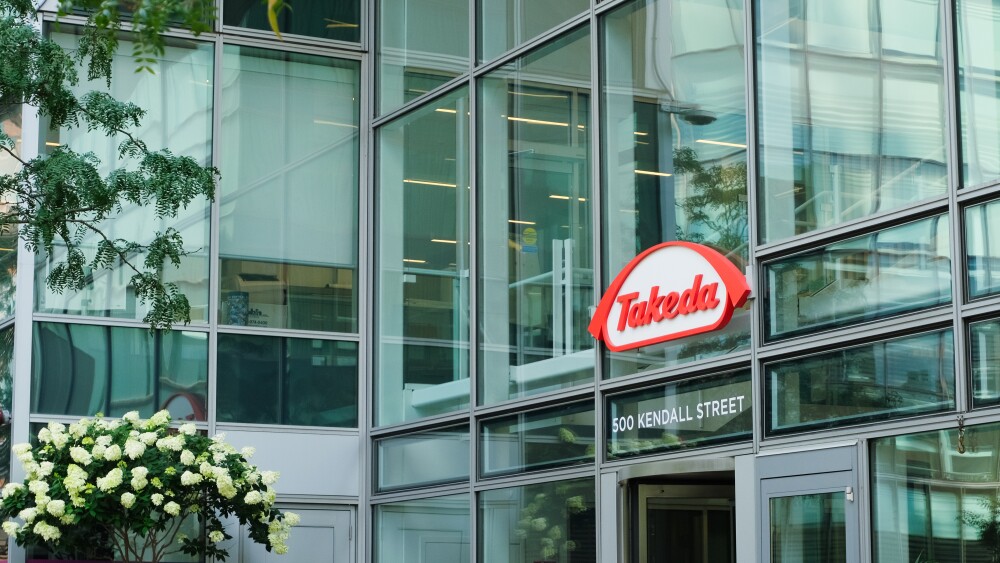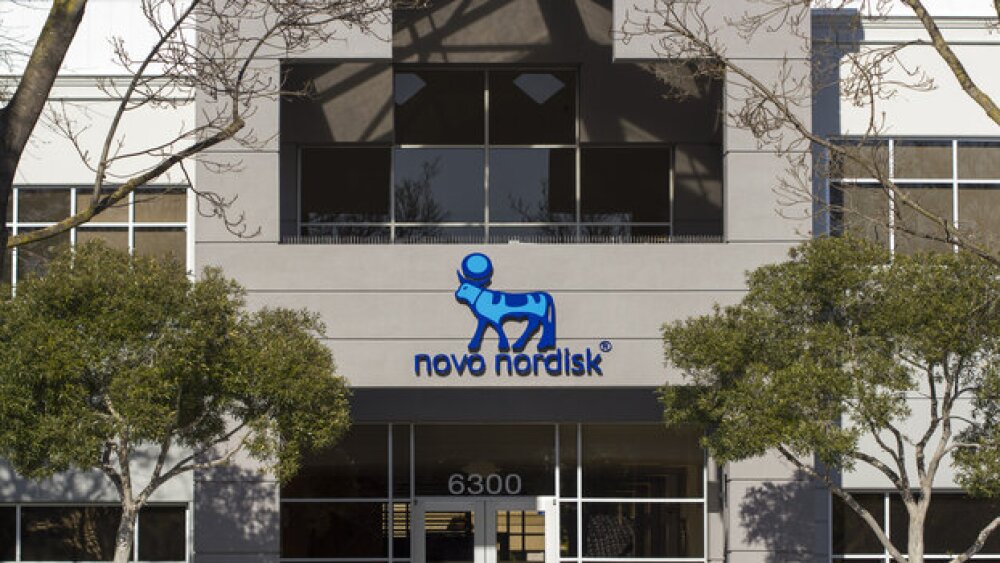The FDA’s Cellular, Tissue and Gene Therapies Advisory Committee unanimously recommended Spark’s Luxturna in a vote of 16 to 0.
October 13, 2017
By Mark Terry, BioSpace.com Breaking News Staff
Philadelphia – The U.S. Food and Drug Administration (FDA)’s Cellular, Tissue and Gene Therapies Advisory Committee unanimously recommended Spark Therapeutics ’ Luxturna (voretigene neparvovec) in a vote of 16 to 0. Luxturna is a gene therapy to treat vision loss for a rare inherited retinal disease (IRD) caused by biallelic RPE65 mutations.
In the company’s key study, 21 patients with retinal dystrophy caused by biallelic mutations in the RPE65 gene, were treated, with 10 in the placebo group. Of the 21 treated, 11 had significant improvement in light levels in both eyes. Fifteen of the patients scored a significant multi-luminance mobility testing (MLMT) improvement in the first eye treated.
“Today’s unanimous advisory committee vote recommending the approval of Luxturna moves us closer to bringing this investigational adeno-associated viral (AAV) vector gene therapy to patients with vision loss due to confirmed biallelic RPE65-mediated IRD,” said Katherine High, Spark Therapeutics’ president and head of Research and Development, in a statement. “The clinical program for Luxturna includes patient data that show efficacy for up to four years on endpoints including bilateral multi-luminance mobility test (MLMT) score change and full-field light sensitivity threshold (FST) testing, with observation ongoing. We look forward to continuing to work with FDA as it completes its review of Luxturna.”
The only major concern is whether the treatment is a one-shot or the effects may wear off. So far, it’s holding, but the company doesn’t really know.
Sparks hasn’t discussed what it may charge for the therapy, if it is approved. Analysts have speculated that it could go as high as $750,000 to $1 million per patient, based on the rarity of the disease. About 1,000 to 2,000 people in the U.S. have the disorder caused by the RPE65 gene mutation.
“It’s one of the most exciting things for our field in recent memory,” Paul Yang, an assistant professor of ophthalmology at the Oregon Health and Science University, told NPR. “This would be the first approved treatment of any sort for this condition and the first approved gene therapy treatment for the eye, in general. So, on multiple fronts, it’s a first and ushers in a new era of gene therapy.”
On a broader perspective, if the FDA does approve Luxturna, it would be the first full gene therapy approved by the agency. The only other gene therapy yet approved by the FDA is for Novartis ’ Kymriah for childhood leukemia. Kymriah is closer in technique to immuno-oncology, and involves drawing patients’ immune cells, engineering them in the lab and infusing them back into the patient. Luxturna is a functional gene that is introduced into the patient via an injection into the eye.
“One of the hopes of the Human Genome Project was to use genes to develop medicines,” High told the Washington Post. “It has been much more complex than people imagined, but if we can succeed, it means a lot for people with rare inherited diseases.”
Although the FDA is not obligated to follow the recommendations of its advisory committees, it usually does, particularly in unanimous cases.





